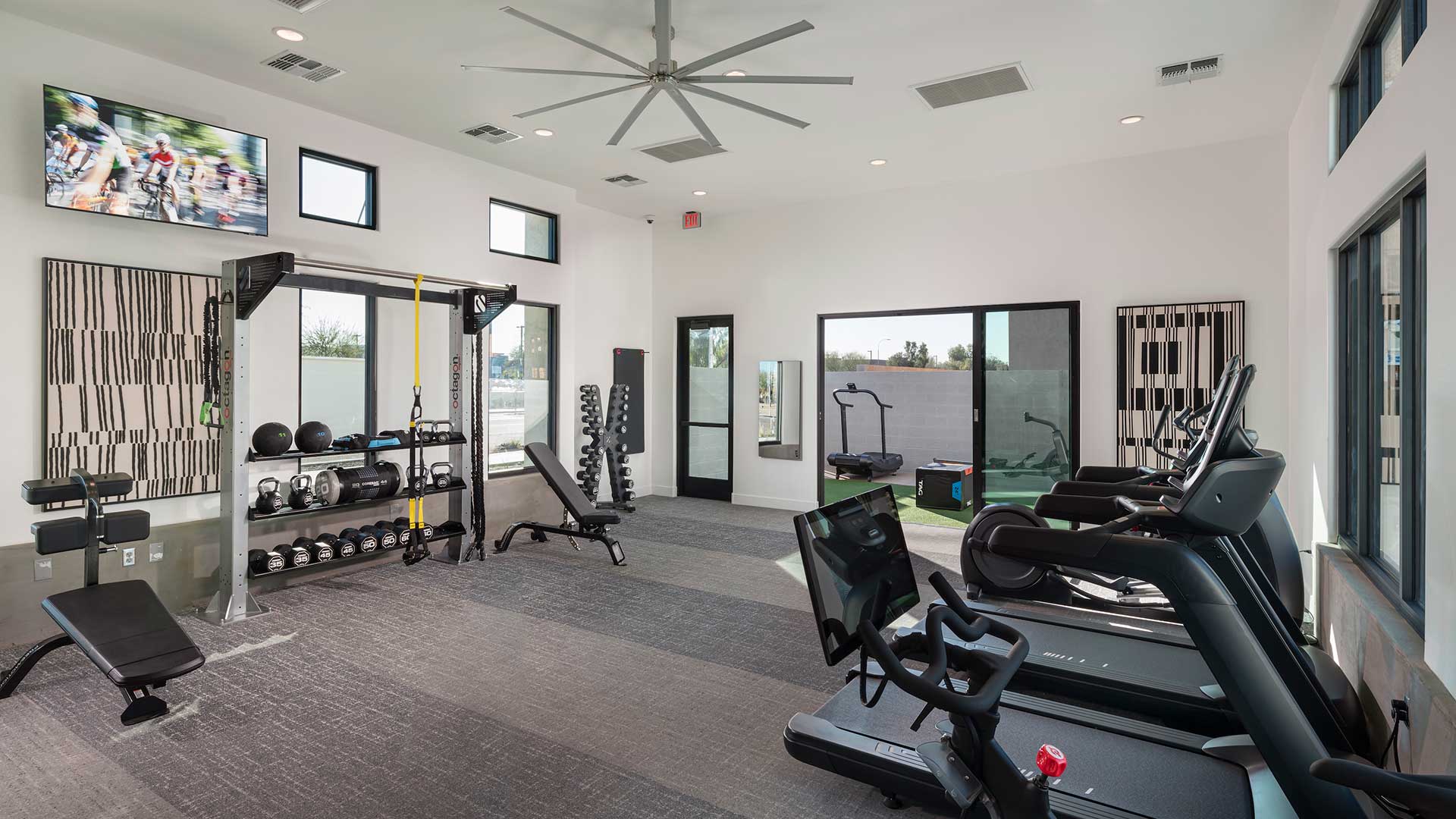SFR’s Share of Rental Market Expands
Single-family rentals (SFRs) now are the fastest-growing segment of the U.S. rental market, reaching a five-year high in market share, according to a Point2Homes analysis of Yardi Matrix data. This surge is largely driven by millennials who face ongoing challenges in affording homeownership. Increasingly, these renters are using SFRs as a transitional step between apartment living and buying a home. The report reveals that 60% of new house renters are coming from apartments, a significant rise from just 30% three years ago.
The build-to-rent (BTR) sector has expanded dramatically, with the number of completed SFR units growing from 3,800 in 2015 to 39,000 in 2024. Notably, there has been a shift in unit types, as three-bedroom homes now account for 53% of all new SFR BTR completions this year. This change highlights a growing desire among renters for more living space and comfort, particularly among young families and professionals seeking to escape the confines of apartment life and urban congestion.
Suburban and exurban areas have become especially attractive, partly due to the rise of remote work. With over two-thirds of employers offering flexible work arrangements, renters are prioritizing homes with additional space for home offices and quieter environments—and those factors are contributing to the broader appeal of suburban SFRs.
While millennials represent a significant portion of new SFR tenants, the trend also includes other demographics. The report notes that 8% of new SFR renters are former homeowners. This suggests that SFRs are also meeting the needs of families and empty-nesters seeking flexibility, relocation opportunities, or proximity to relatives.
Economic considerations further reinforce the shift toward SFRs. The average national rent for an SFR is $1,776—significantly less than the average monthly mortgage payment of $2,504. In high-cost housing markets like San Francisco, San Diego, Seattle, and Los Angeles, renting remains far more affordable than buying a home.
Despite the growing demand, occupancy rates for SFRs remain high at 94.7% nationally, creating challenges for those seeking availability. However, some cities—such as Jacksonville, Charleston, Austin, Dallas, San Antonio, and Phoenix—have relatively lower occupancy rates, offering more options for prospective renters.
It is easy to understand why single-family rentals are gaining traction across multiple demographics due to affordability, flexibility, and lifestyle preferences, particularly in a housing market that continues to present affordability challenges.

